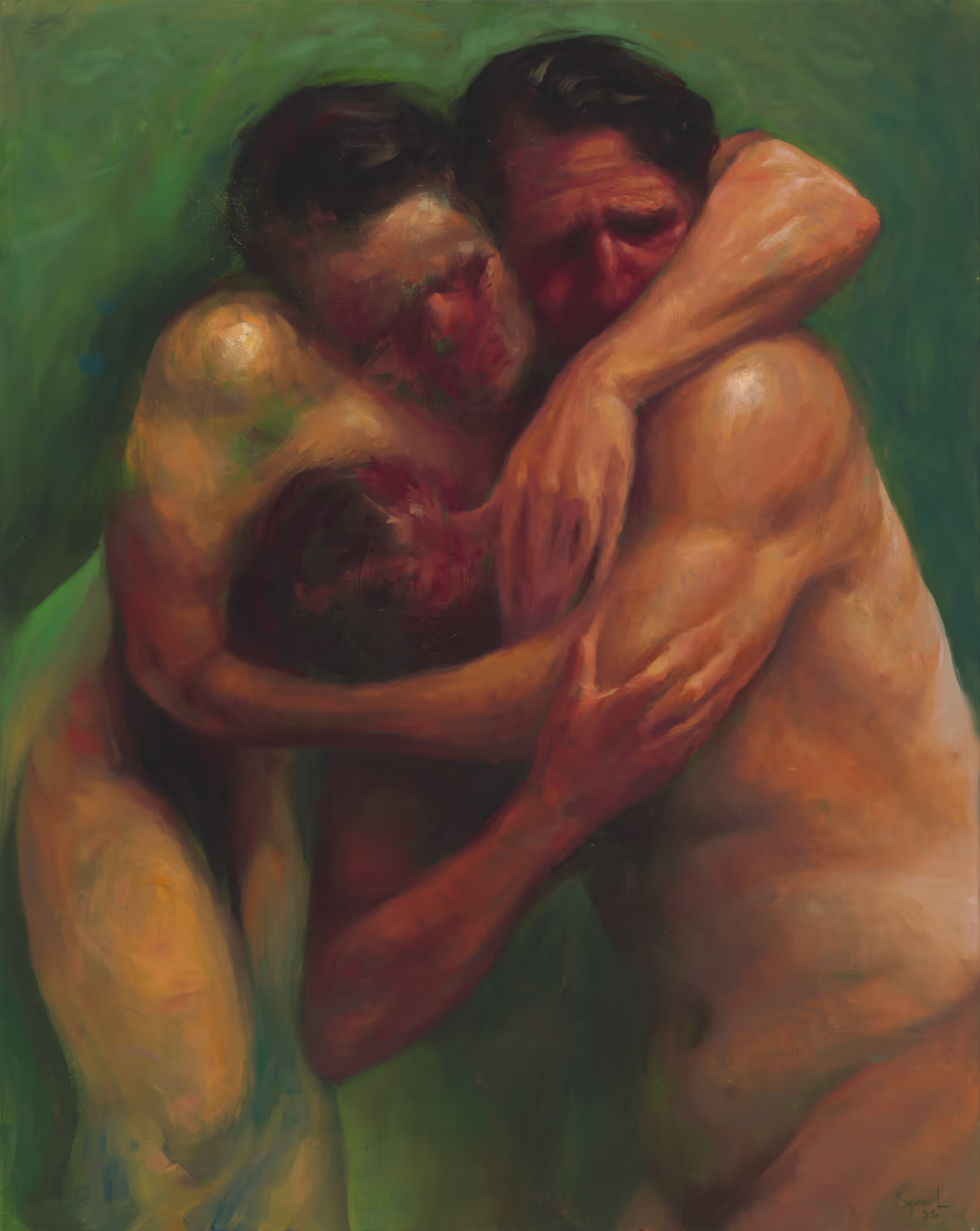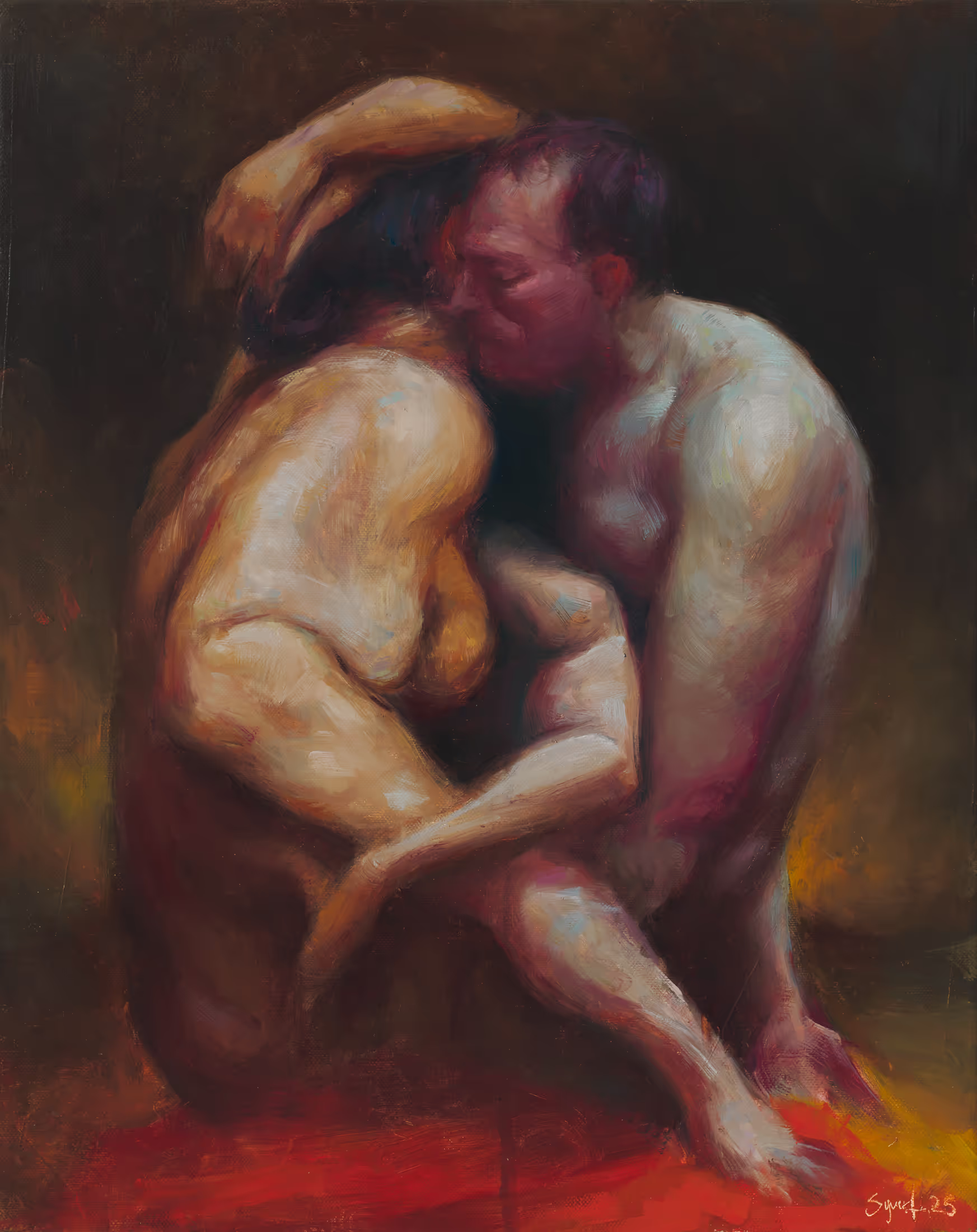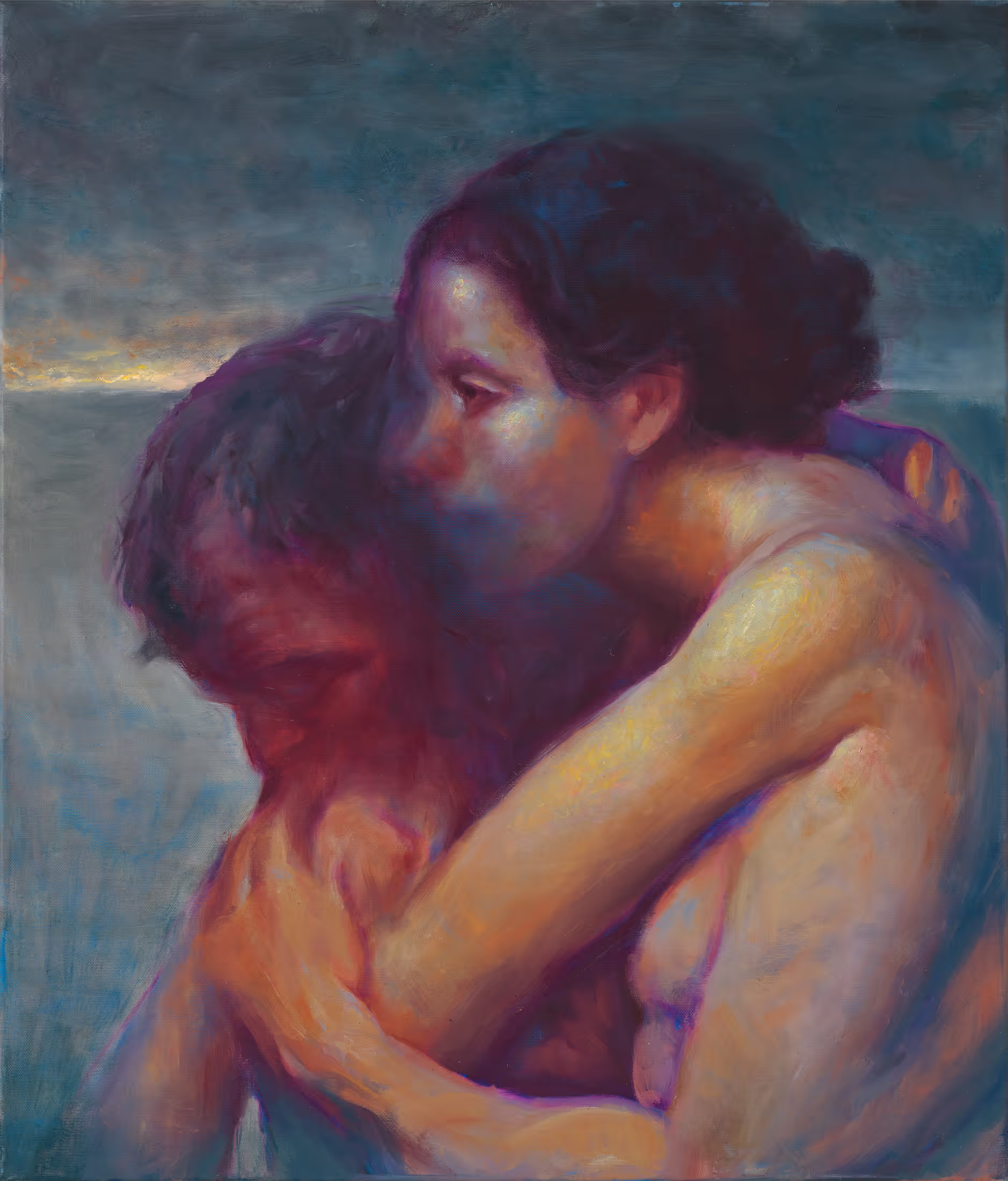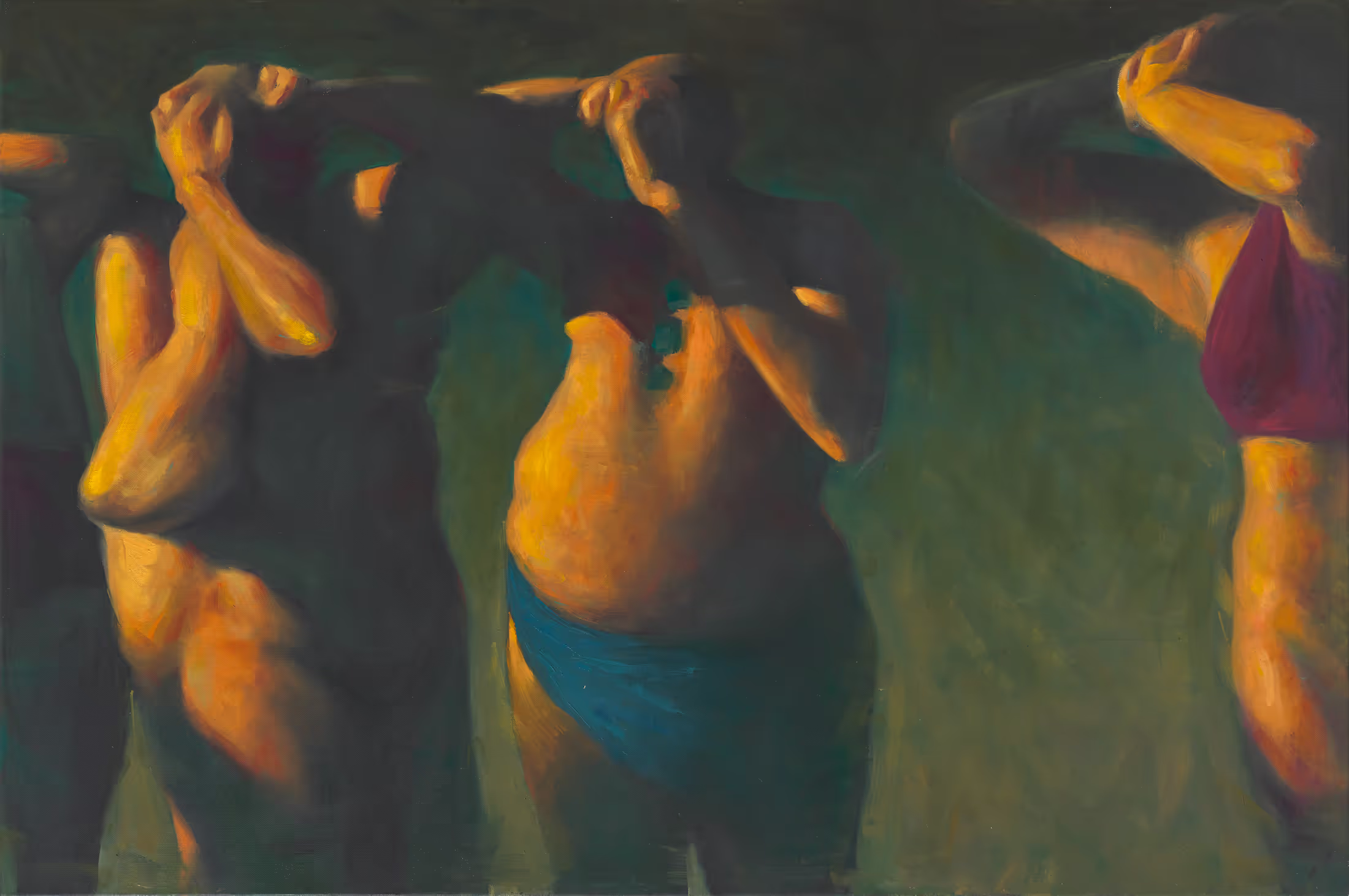Human Error is an art project and exhibition that transforms AI-generated mistakes into the foundation for new creative work. Thousands of flawed or distorted outputs from image-generation models were curated for their aesthetic and emotional impact, then translated into realist oil paintings. The project explores the tension between human craft and machine error, reframing technological failure as a source of beauty and artistic possibility.
This project was made possible with support from a grant by Grafill and the invaluable assistance of art director Karoline Søreide, who served as assistant and creative partner throughout.
Human Error embraces the beauty of technological imperfection. Instead of pursuing clean, coherent AI outputs, the project focuses on moments where machine learning models falter - where forms fracture, anatomy distorts, and compositions collapse into something unexpected. These accidental artifacts are not treated as mistakes to be corrected, but as raw material for new work. Thousands of generated images were sifted for those with the strongest visual and emotional resonance, then painstakingly translated into realist oil paintings. By merging algorithmic accident with traditional craft, Human Error questions authorship, control, and what we consider beautiful in the age of machine vision.
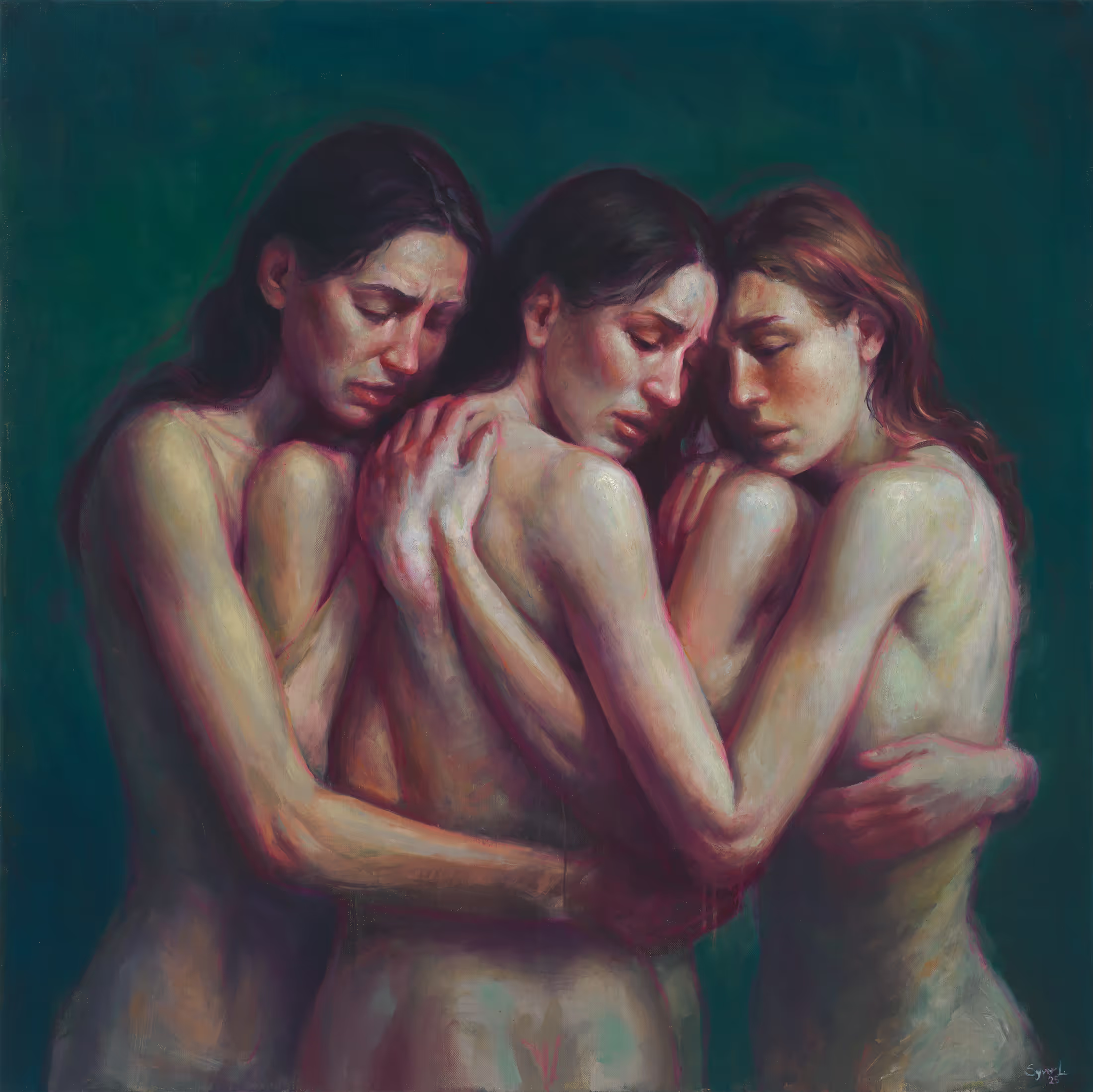
The exhibition also incorporated video installations: one showing the live process of image generation, and another playing an unfiltered slideshow of the vast archive of discarded outputs. This scale - tens of thousands of generations - speaks to the abundance and disposability of digital imagery, and contrasts sharply with the slow, deliberate nature of painting.

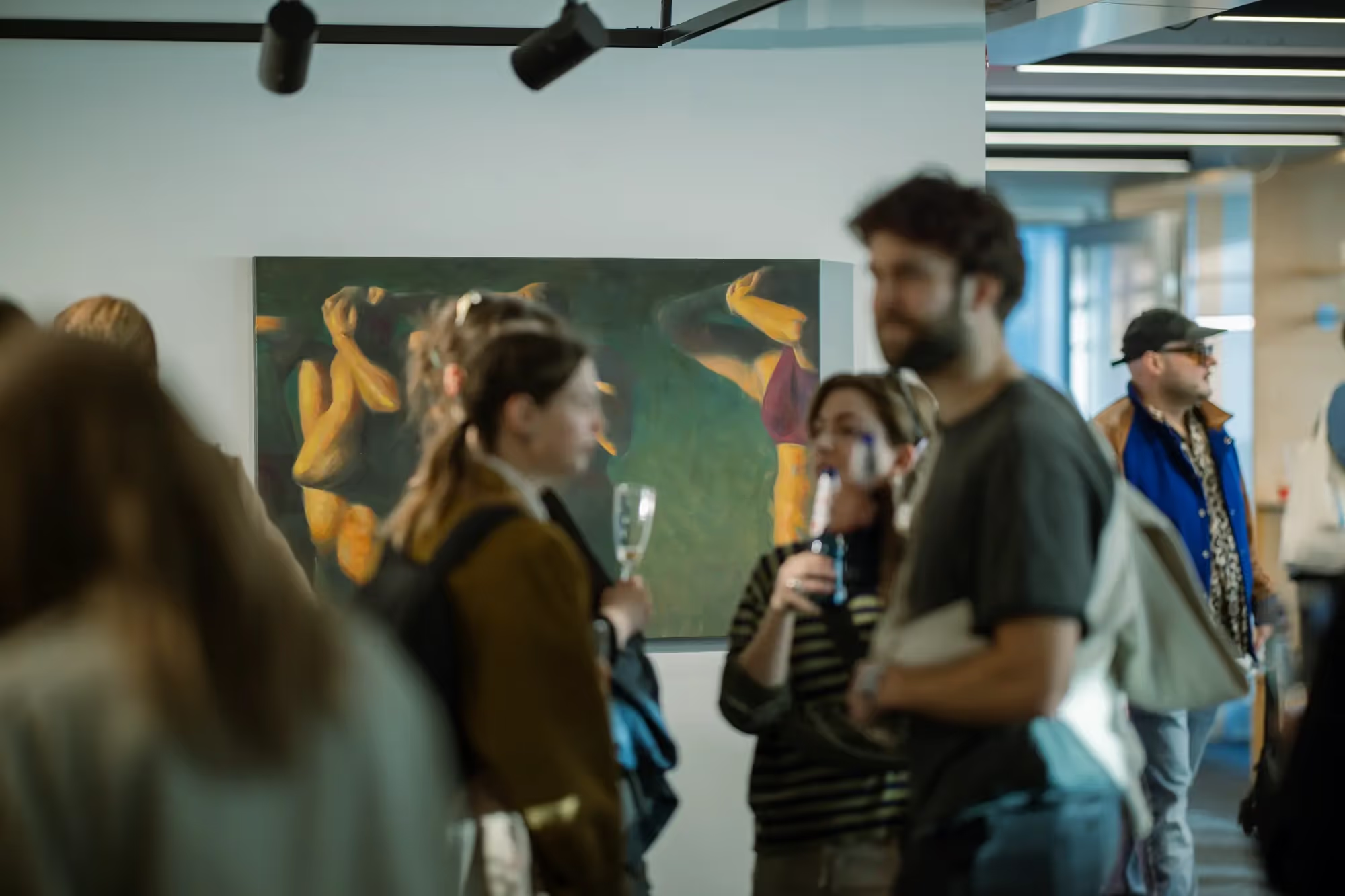
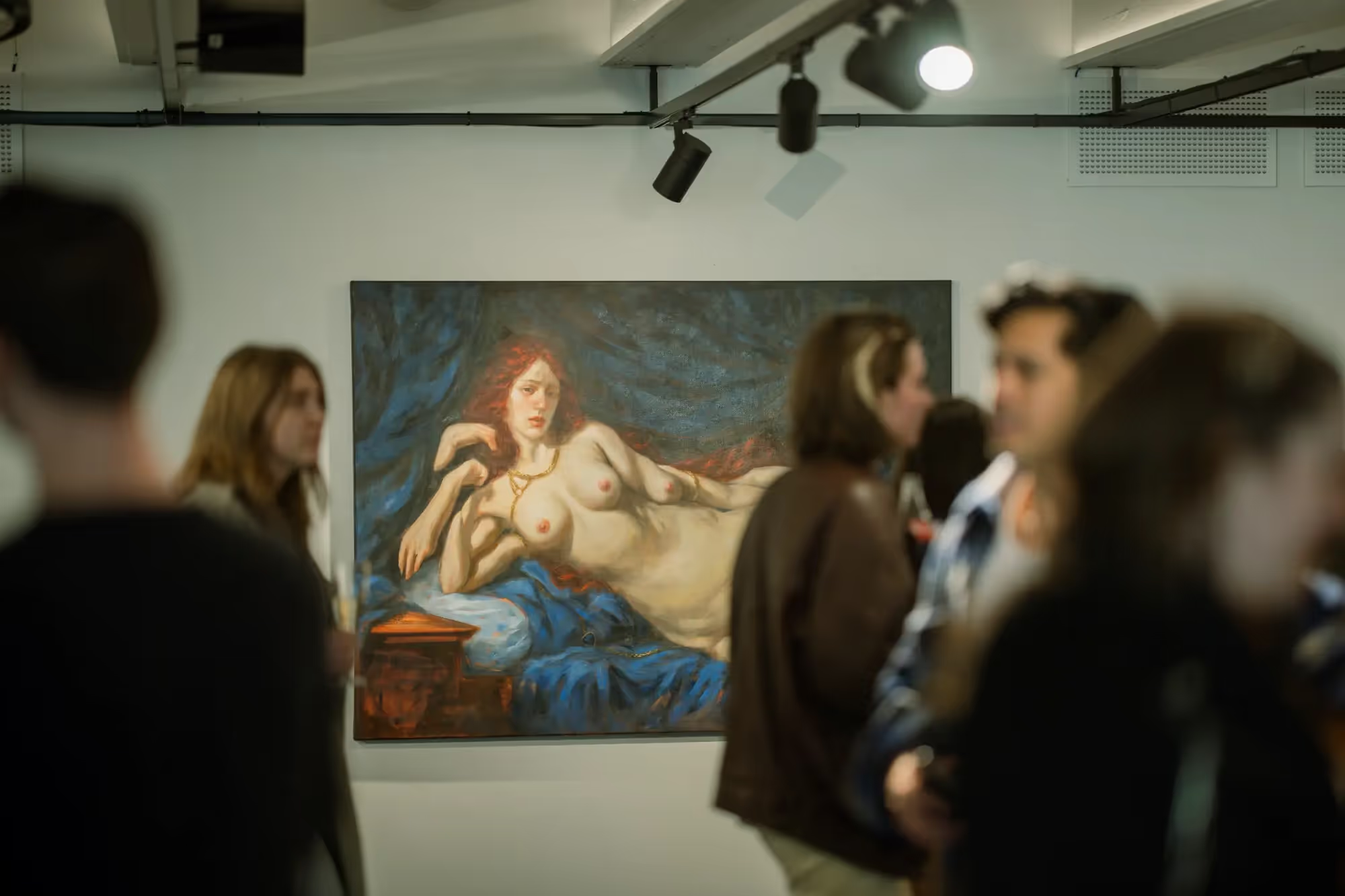
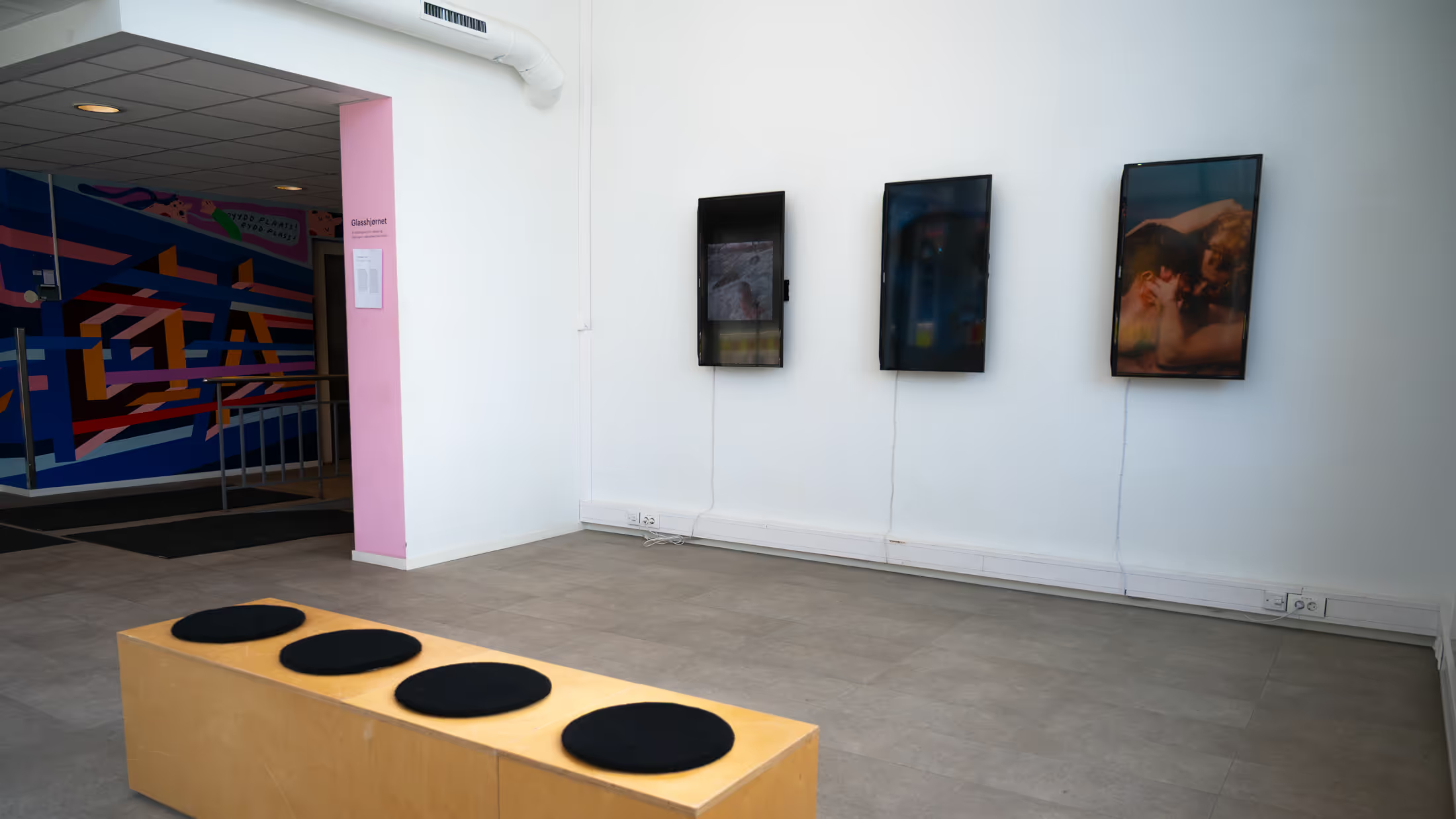
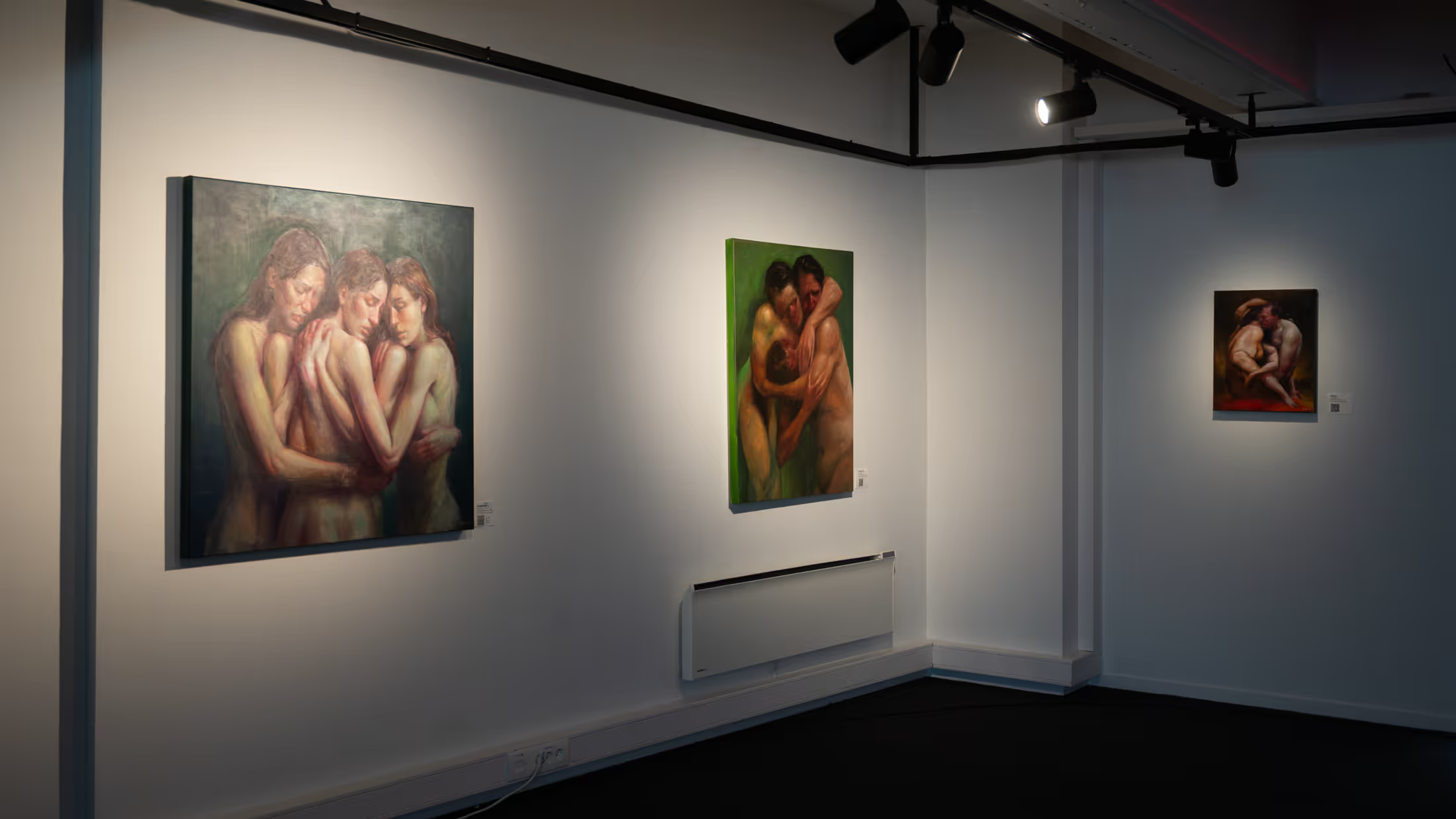
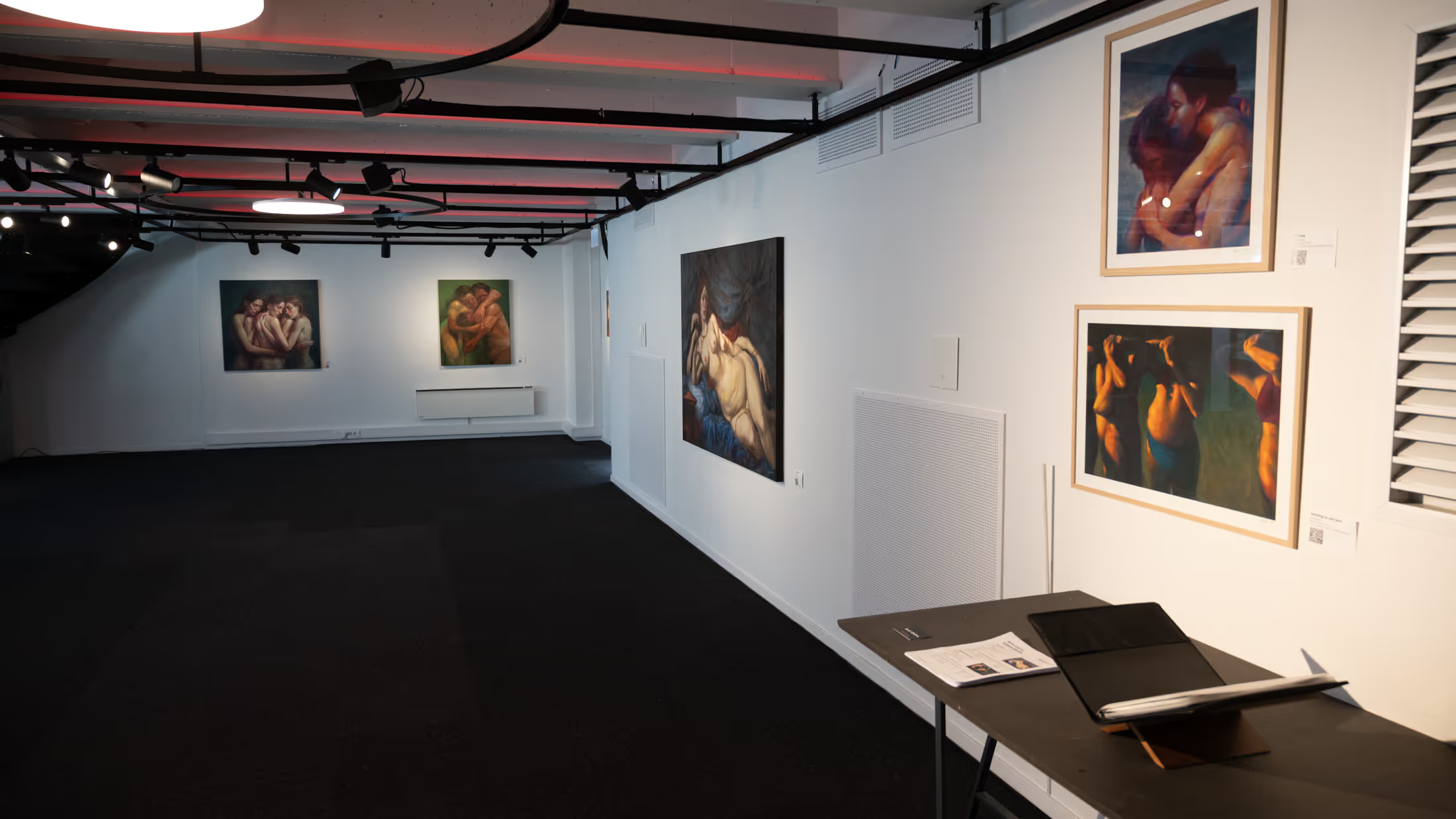
Human Error was created using a mix of diffusion-based AI models, both current and older. Tools included Flux Dev, Dreamshaper 8 and XL, SDXL Turbo, Stable Diffusion 1.5 and 2.1, among others. Most workflows ran locally in ComfyUI, except for Flux Dev which required cloud processing. Magnific.AI was used for selective upscaling.
Rather than optimizing for high-fidelity results, the process intentionally destabilized the models to provoke visual breakdowns. Older models like SD 1.5 and 2.1 often produced aesthetically rich errors with minimal prompting - simple inputs like “photo of naked couple embracing” could yield haunting, fractured compositions. Other experiments involved generating images at dimensions outside a model’s intended resolution, producing rhythmic repetitions and warped forms. One such test recreated Andy Warhol’s Marilyn Monroe by instructing SD 1.5 to generate a single portrait at 1024×1024 instead of its native 512×512, resulting in four ghostly, abstract heads.
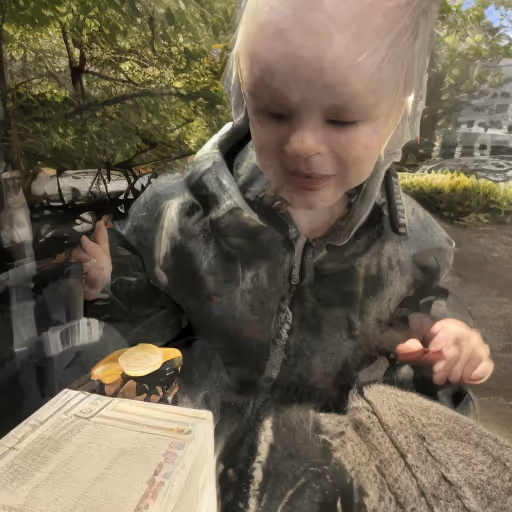
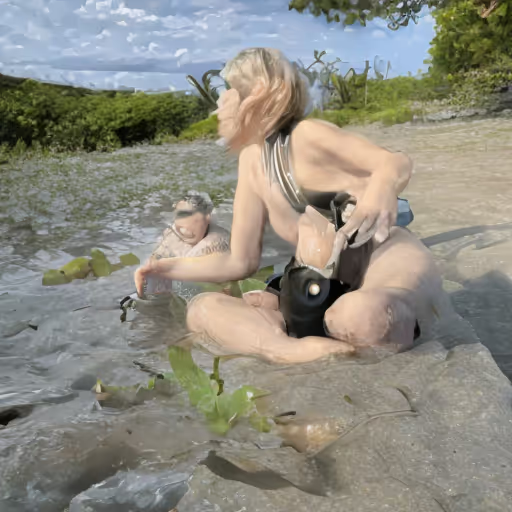
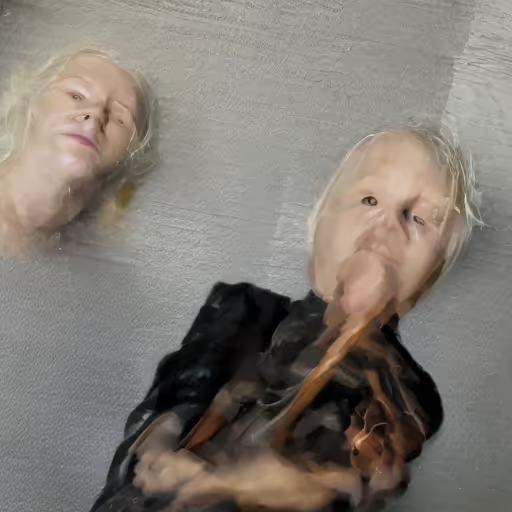
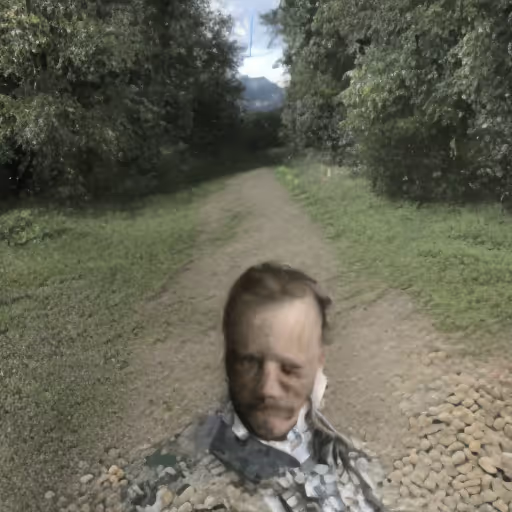
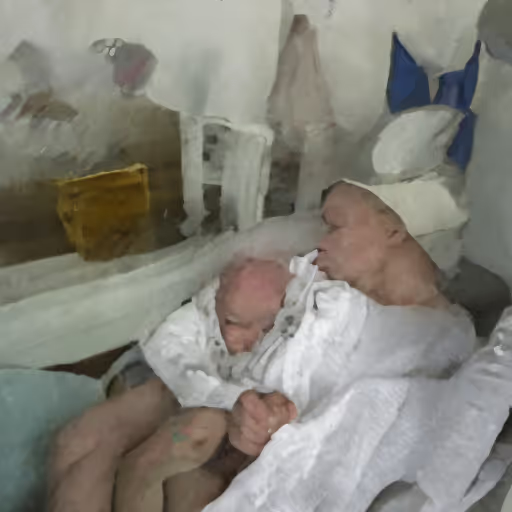
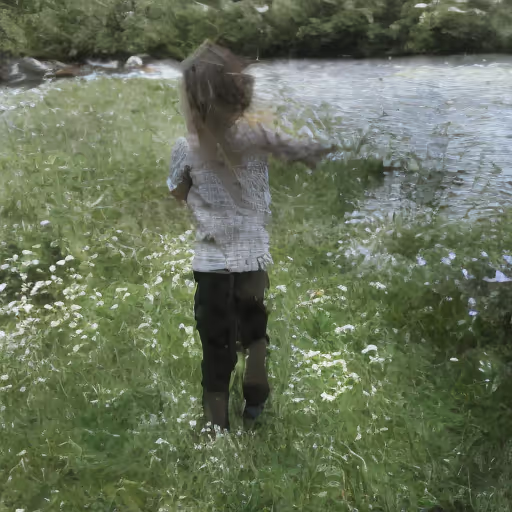
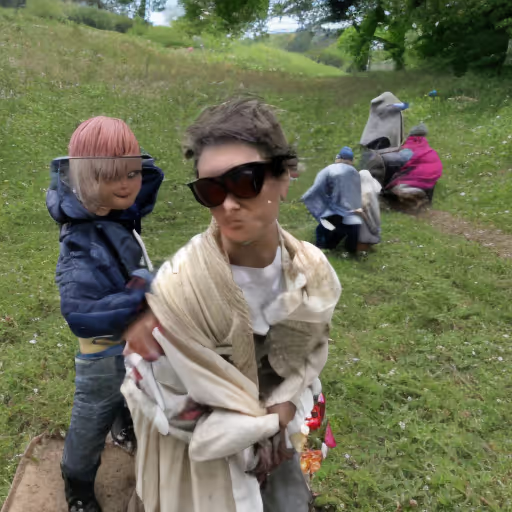
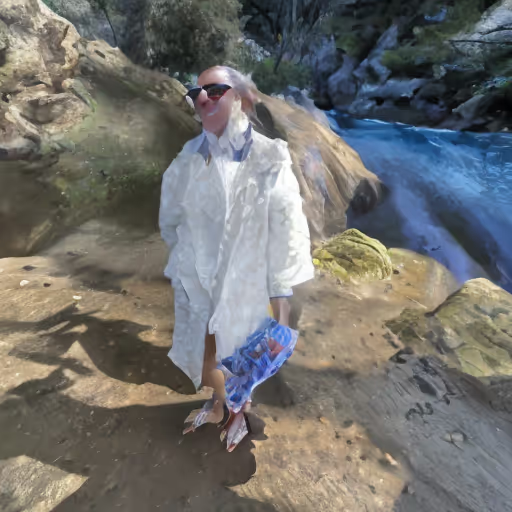
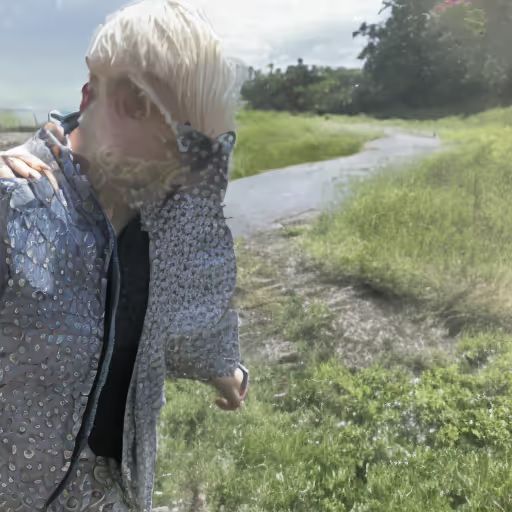
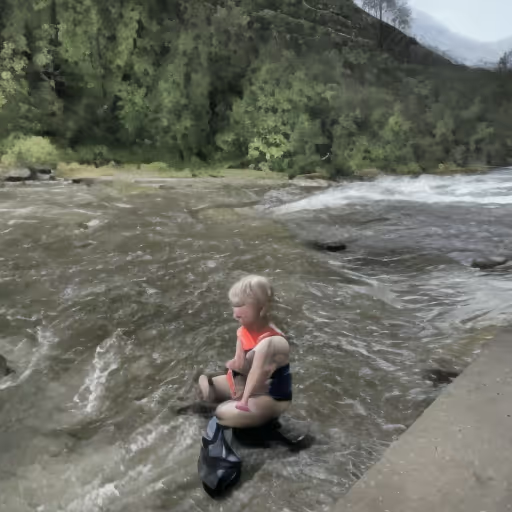
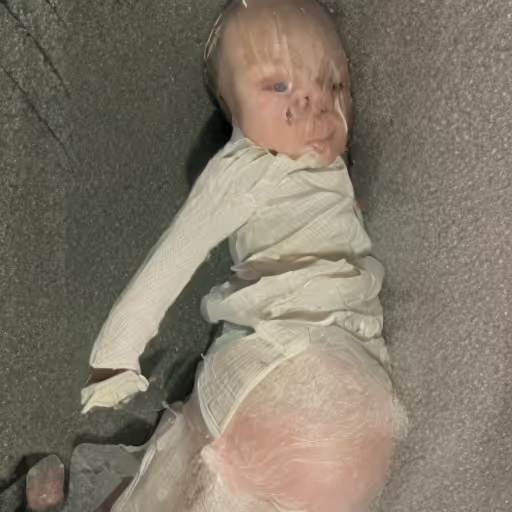
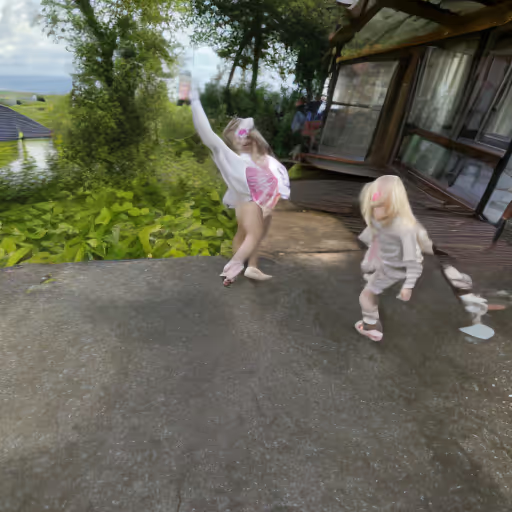
A more personal branch of experimentation trained LoRA models on 1,000 untagged photos from the past five years of the artist’s life. With prompts removed and LoRA strength pushed to extremes, the models produced dreamlike amalgamations of false memories - fragments of people, places, and moments that feel both intimate and unstable.
Human Error sits at the intersection of technology, art, and cultural anxiety. As AI reshapes creative industries, the project confronts the tension between resistance and adaptation. It is informed by the artist’s dual position: a deep concern for the livelihoods of illustrators, designers, and other creatives, and a pragmatic embrace of AI as a tool for survival and expression. The work acknowledges the discomfort of seeing a machine produce imagery that rivals human skill, and reframes this discomfort as an opportunity for dialogue rather than denial.

